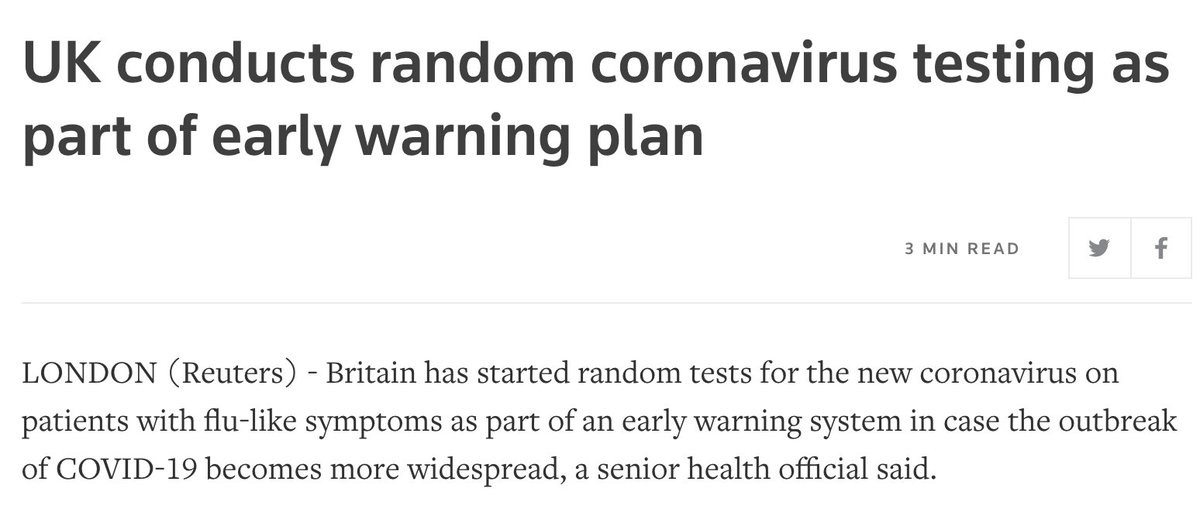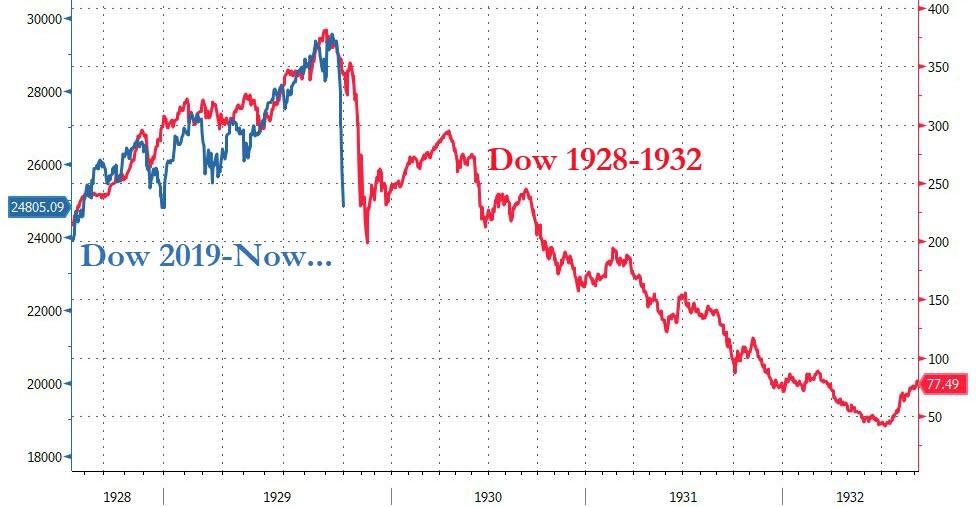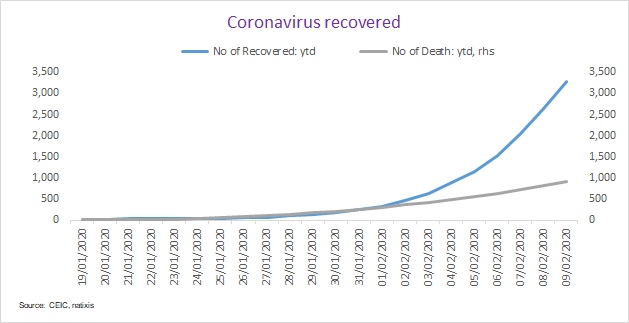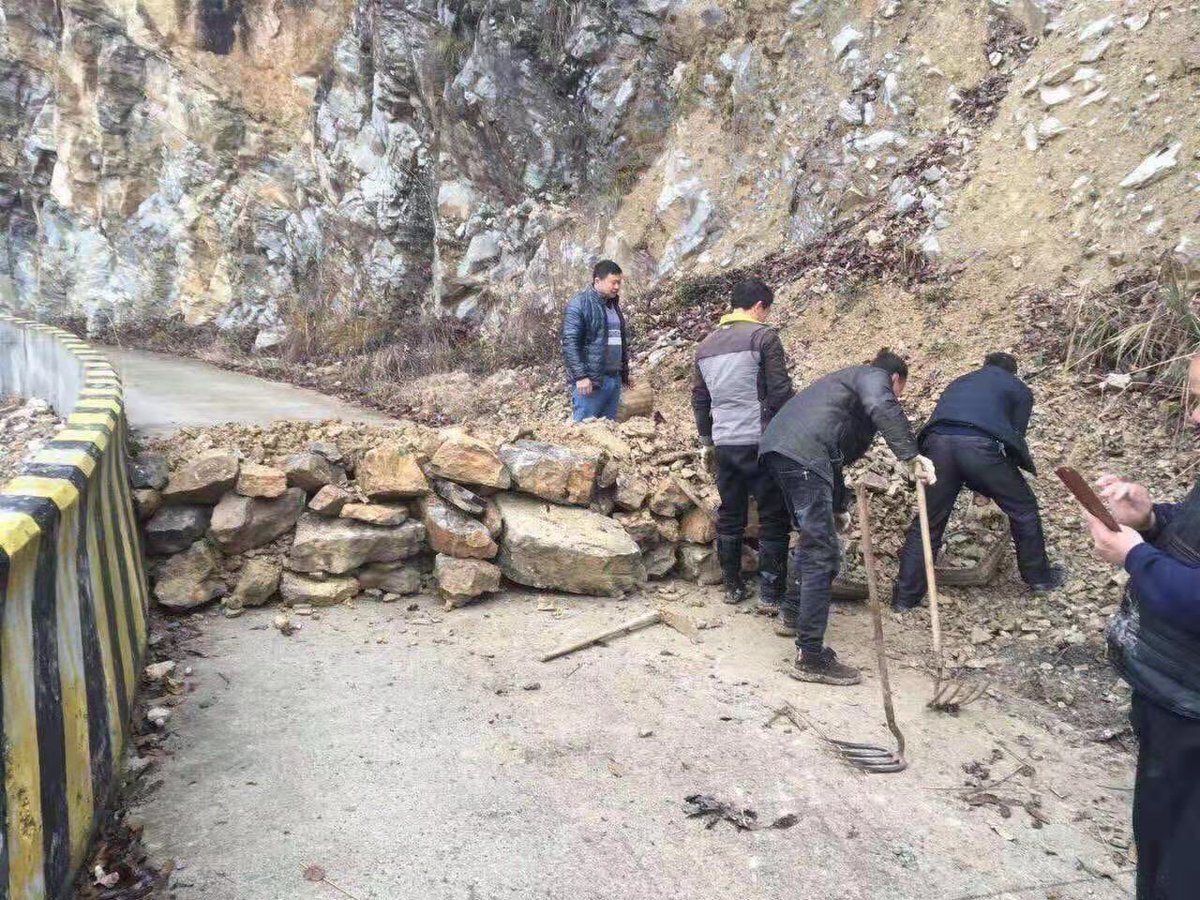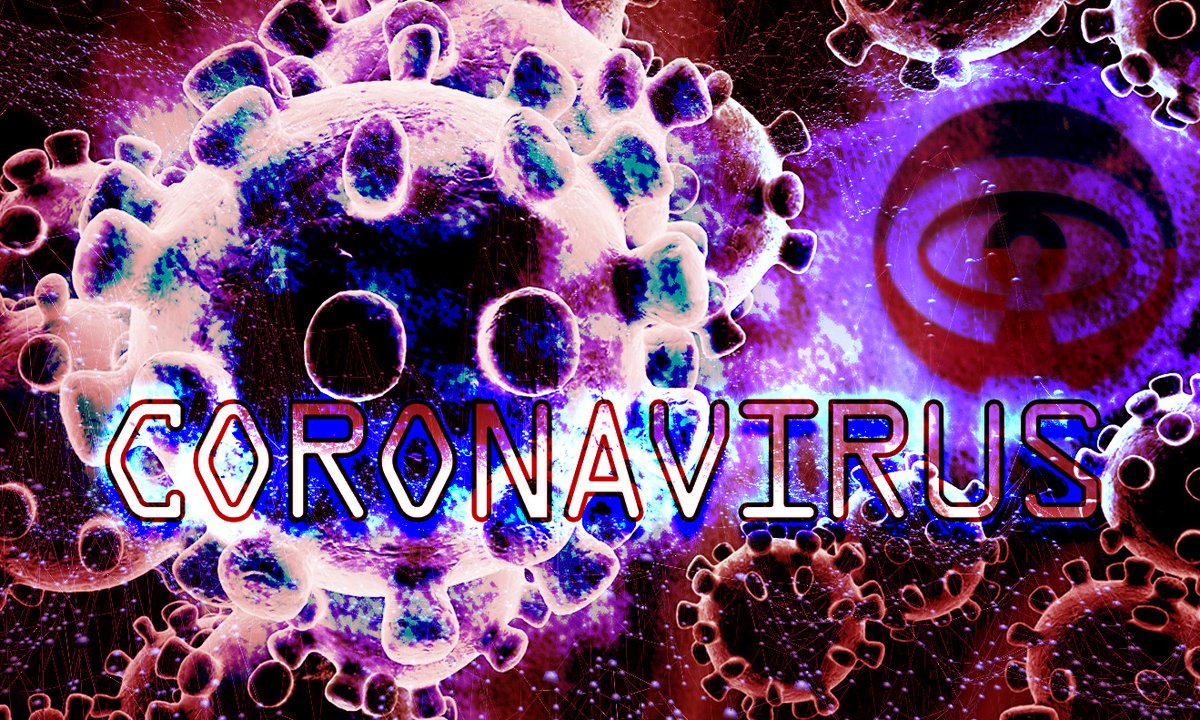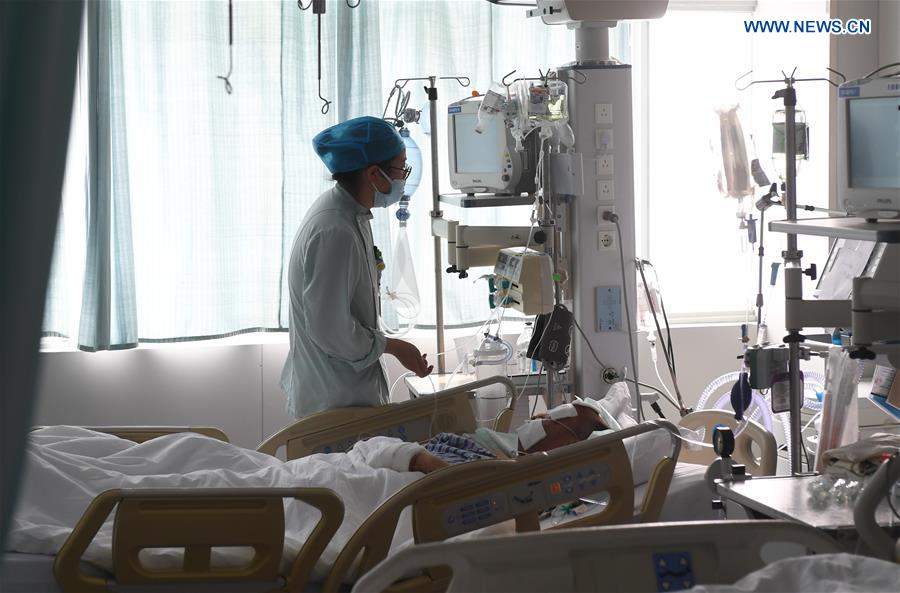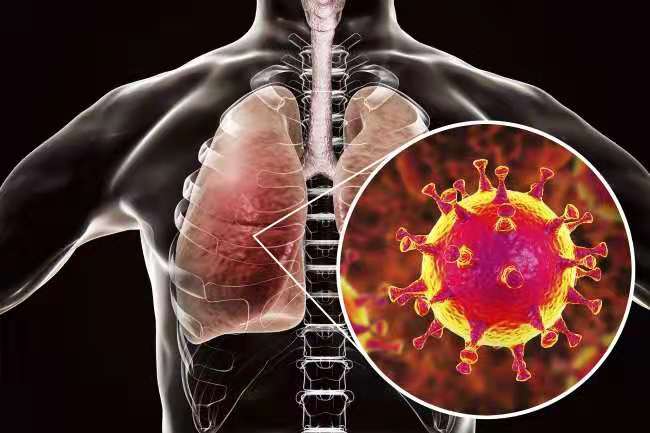The H1N1 study helps calibrate. They looked at actual serosurvey data to determine who had antibodies to H1N1. That's molecular evidence. And from that, they estimated that 11-21% of the world had gotten H1N1.
journals.plos.org/plosone/articl…

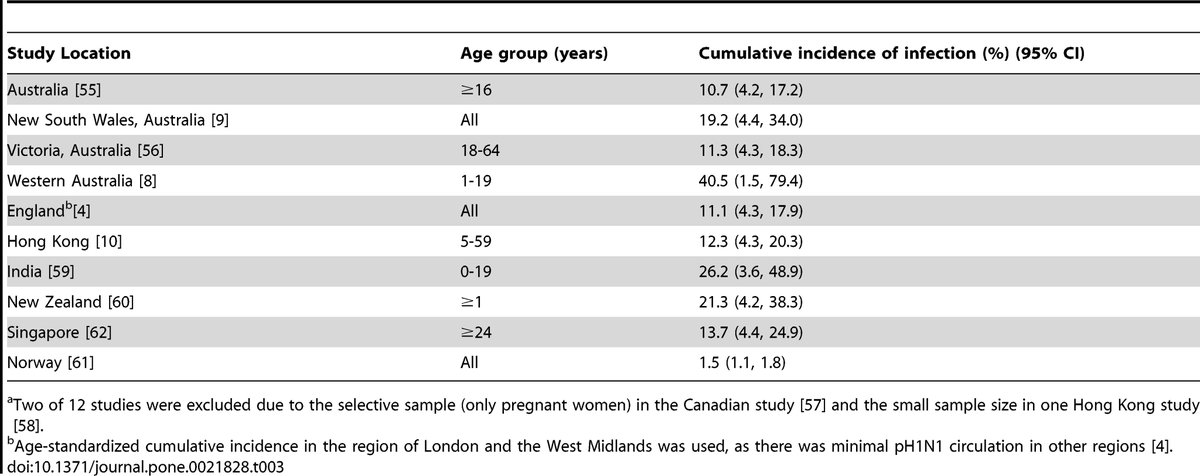
Rather than waiting for people to self-identify, countries may eventually move towards random sampling of the population to estimate the % infected. More feasible with fairly high infection rates or large samples.
reuters.com/article/us-chi…
